30 Doradus, Located In The Heart Of The Tarantula Nebula, Is The Brightest Star-forming Region In Our

30 Doradus, located in the heart of the Tarantula nebula, is the brightest star-forming region in our galactic neighborhood. The nebula resides 170,000 light-years away in the Large Magellanic Cloud.
js
More Posts from Alitheastronomer and Others

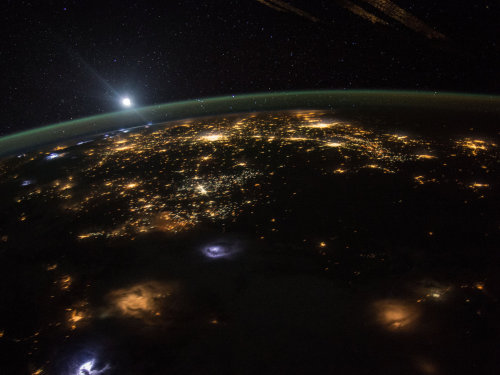
“The more I look at Earth, and certain parts of Earth, the more I feel like an environmentalist. It’s just a blanket of pollution in certain areas. We can fix that if we put our minds to it.“
-Astronaut Scott Kelly, whose one year long mission in space ended today (01/03/2016)
More cool space words:
Apastron: the point where two binary stars are farthest apart.
Azimuth: distance of an object in angular.
Bolide: an especially bright meteor, especially one that explodes in the atmosphere (also called fireballs!).
Catena: a chain or series of craters.
Ejecta: material that is strewn about a crater by an impact, usually a meteorite or other similar object.
Ephemeris: a table that lists the positions of the sun, moon, and planets by date.
Heliosphere: the magnetic bubble of space that contains our solar system, solar wind, and the entire solar magnetic field. It is so large it goes beyond pluto's orbit.
Meridian: an imaginary circle that goes through the north and south poles, and the zenith and nadir of a location.
Nadir: the point in the sky directly underneath you.
Nova: when a dying star suddenly flares in brightness. The star becomes thousands of times its original luminosity.
Prominence: an explosion on the surface of the Sun.
Singularity: the impossibly small space in the center of a black hole where density and gravity are infinite, and space-time curves infinitely.
Spicules: a jet of gas ejected from the sun's atmosphere that resembles grass.
Supernova: one of the most powerful forces in the universe. When a star uses up all of its fuel it ends its life in a spectacular and devastating explosion.
Terminator: line on a planetary body that separates the light side from the dark side.
Umbra: the darkest part of a shadow.
Zenith: the point in the sky directly overhead.
Zodiac: an imaginary belt across the sky that the sun, moon, and planets are always in. The zodiac is made up of 12 constellations.
pretty space words
aphelion - the point in the orbit of a planet, asteroid, or comet at which it is farthest from the Sun. astral - relating to or resembling the stars. caldera - a large volcanic crater, especially one formed by a major eruption leading to the collapse of the mouth of the volcano. celestial - positioned in or relating to the sky, or outer space as observed in astronomy. constellation - a group of stars forming a recognizable pattern. cosmos - the universe seen as a well-ordered whole. equinox - the time or date at which the sun crosses the celestial equator, when day and night are of equal length. faculae - bright patches that are visible on the Sun’s surface. lunation - the interval of a complete lunar cycle, between one new Moon and the next. interstellar - occurring or situated between stars. nebula - a cloud of gas and dust in outer space, visible in the night sky either as an indistinct bright patch or as a dark silhouette against other luminous matter. perihelion - the point in the orbit of a planet, asteroid, or comet at which it is closest to the Sun. synodic - relating to or involving the conjunction of stars, planets, or other celestial objects.
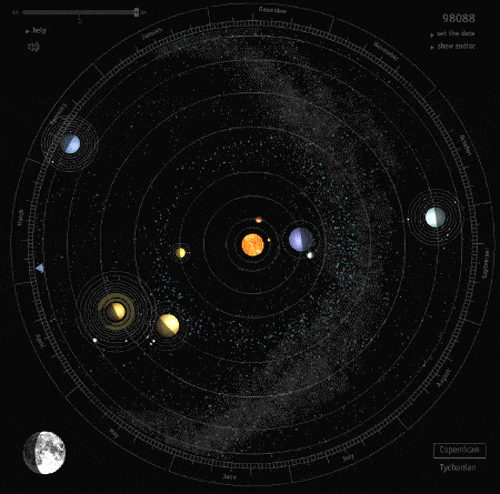
Solar System: 5 Things To Know This Week
Our solar system is huge, so let us break it down for you. Here are 5 things to know this week:
1. You Call the Shots

This July, when the Juno mission arrives at Jupiter, it will eye the massive planet with JunoCam. What adds extra interest to this mission is that the public is invited to help Juno scientists choose which images JunoCam will take. Now is the time to get involved.
2. Dawn Delivers

We’ve seen several images now from the Dawn spacecraft’s new, close orbit around Ceres—and they don’t disappoint. Exquisitely detailed photos of the dwarf planet reveal craters, cliffs, fractures, canyons and bright spots in many locations. “Everywhere we look in these new low-altitude observations, we see amazing landforms that speak to the unique character of this most amazing world,” said the mission’s principal investigator.
3. Remembering the Visit to a Sideways World

Jan. 24 is the 30th anniversary of Voyager 2’s Uranus flyby. The seventh planet is notable for the extreme tilt of its axis, its lacy ring system and its large family of moons—10 of which were discovered thanks to Voyager’s close encounter. In fact, we learned much of what we know about the Uranian system during those few days in 1986.
4. A Decade in the Deep

The New Horizons spacecraft left Earth 10 years ago this week. Its long voyage into deep space is, even now, transforming our understanding of the outer solar system. New data and pictures from the Pluto flyby are still streaming down from the spacecraft. Pending the approval of an extended mission, New Horizons is en route to a 2019 rendezvous with a small, unexplored world in the distant Kuiper Belt.
5. Power at a Distance

Space exploration helped drive the development of practical solar cells, and now solar power has gone farther than ever before. Last week, NASA’s Juno spacecraft broke the record for the most distant solar-powered craft when it passed a distance of 493 million miles (793 million kilometers) from the sun. The four-ton Juno spacecraft draws energy from three 30-foot-long (9-meter) solar arrays festooned with 18,698 individual cells.
Want to learn more? Read our full list of the 10 things to know this week about the solar system HERE.
Make sure to follow us on Tumblr for your regular dose of space: http://nasa.tumblr.com

NGC 4522
js

NGC 6302: The Butterfly Nebula from Hubble
via APOD
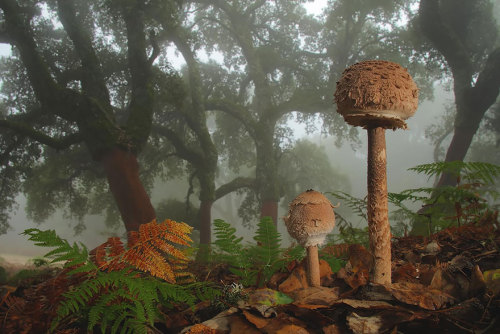
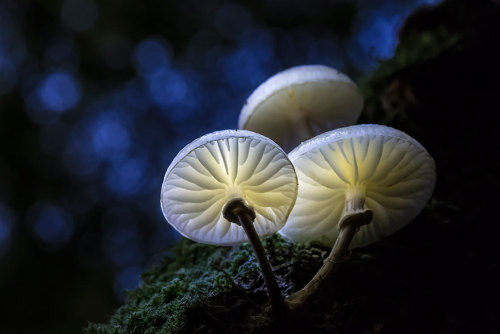
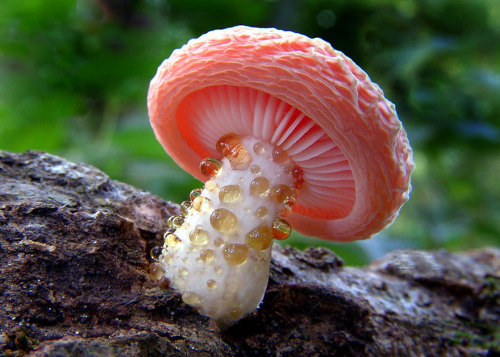
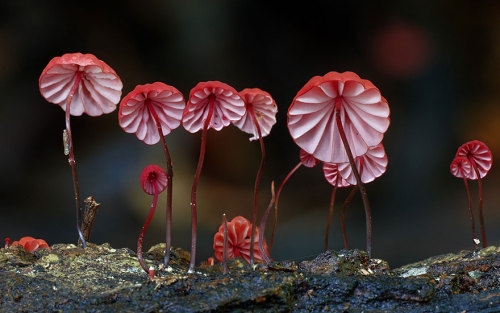
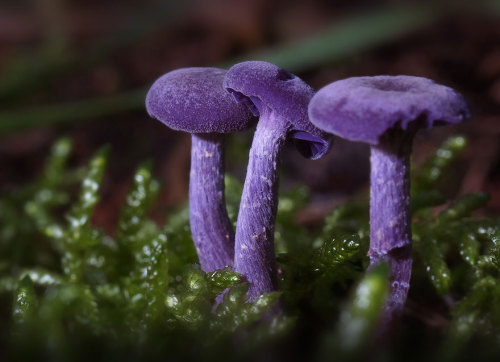
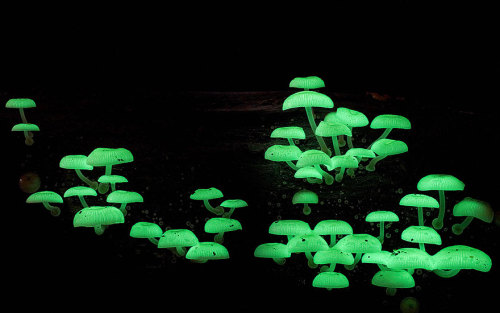
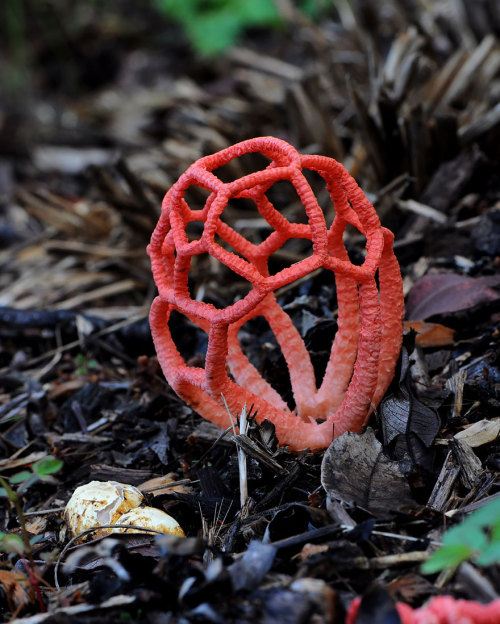
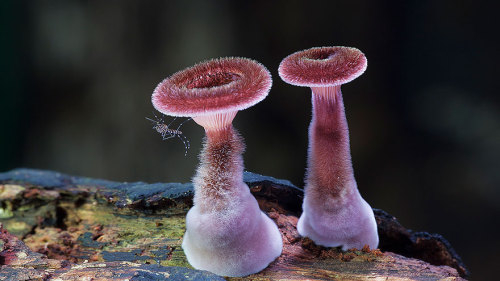
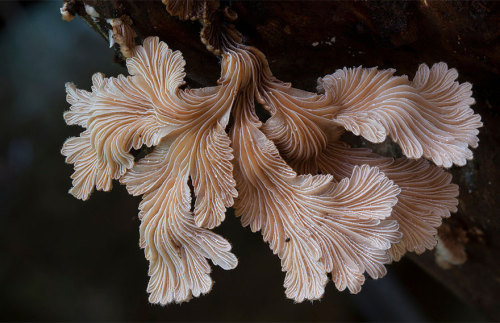
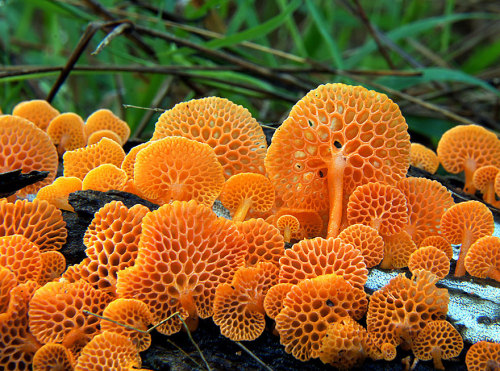
The Mystical World Of Mushrooms Captured In Photos
Most people consider mushrooms to be the small, ugly cousins of the plant kingdom, but theirs is surprisingly beautiful and wonderful world waiting to be explored. These beautiful mushrooms, captured by enthusiastic nature photographers, are a far cry from the ones you find in the woods or your local grocery store.
Most mushrooms, as we know them, are actually just the reproductive structure of the fungus they belong to – their fungal networks expand far further underground, and some fungi don’t even sprout the sort of mushrooms that we’re used to seeing. In fact, depending on your definition of “organism,” the largest living organism in the world is a fungus – there’s a honey mushroom colony in Oregon that occupies about 2,000 acres of land! ( Bored Panda )
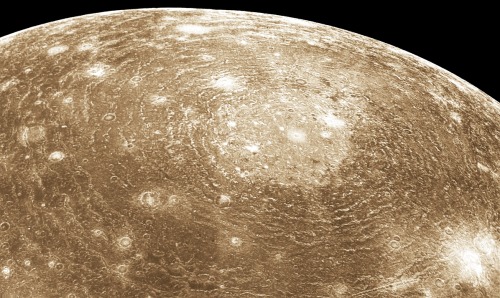
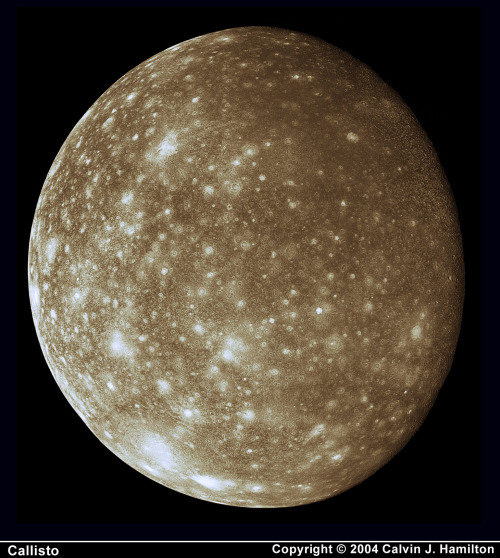
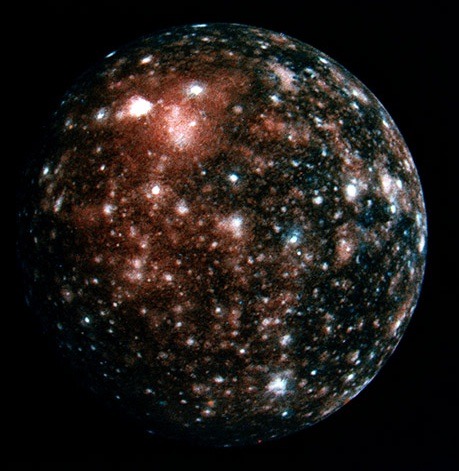

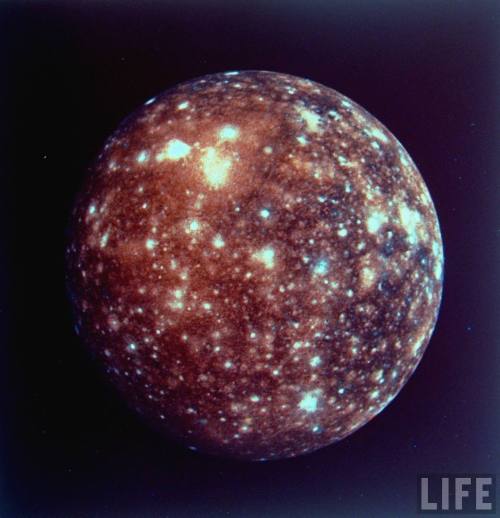
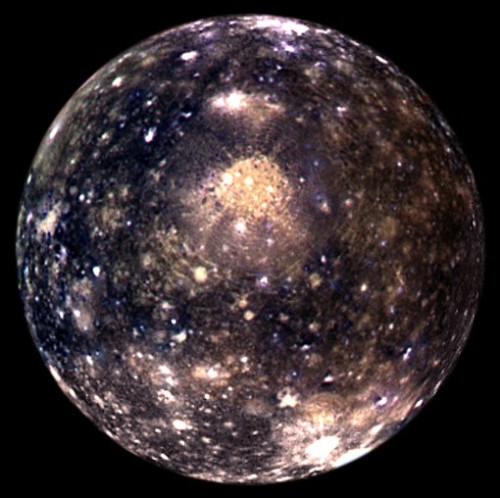

Jupiter’s moon, Callisto.

Favourite APOD of 2015, #10 (October): A Gegenschein Lunar Eclipse
There’s so much going on in this photo! The Gegenschein is the faint, blueish glow you can see rising from the horizon and going behind the eclipsed Moon.
Runner-ups:

The Witch Head Nebula

Starburst Galaxy Messier 94
-
 god-proxy reblogged this · 6 years ago
god-proxy reblogged this · 6 years ago -
 tngbabe liked this · 6 years ago
tngbabe liked this · 6 years ago -
 barfuliel-alex liked this · 6 years ago
barfuliel-alex liked this · 6 years ago -
 hookergreenisacolor liked this · 6 years ago
hookergreenisacolor liked this · 6 years ago -
 16fahri liked this · 6 years ago
16fahri liked this · 6 years ago -
 hereandfun liked this · 6 years ago
hereandfun liked this · 6 years ago -
 fagdykefrank liked this · 6 years ago
fagdykefrank liked this · 6 years ago -
 remember-panchaea liked this · 6 years ago
remember-panchaea liked this · 6 years ago -
 notisaidthechicken liked this · 6 years ago
notisaidthechicken liked this · 6 years ago -
 youtube-gamer liked this · 6 years ago
youtube-gamer liked this · 6 years ago -
 witchfairy liked this · 6 years ago
witchfairy liked this · 6 years ago -
 saucerkommand liked this · 6 years ago
saucerkommand liked this · 6 years ago -
 180bpm reblogged this · 6 years ago
180bpm reblogged this · 6 years ago -
 samma-sp-blog liked this · 6 years ago
samma-sp-blog liked this · 6 years ago -
 elizabethtaylor9 liked this · 6 years ago
elizabethtaylor9 liked this · 6 years ago -
 crinkler liked this · 6 years ago
crinkler liked this · 6 years ago -
 almostperfectwizard liked this · 6 years ago
almostperfectwizard liked this · 6 years ago -
 sharkspaceengine liked this · 6 years ago
sharkspaceengine liked this · 6 years ago -
 genocider-syo-is-still-my-queen liked this · 6 years ago
genocider-syo-is-still-my-queen liked this · 6 years ago -
 demoncatapologist liked this · 6 years ago
demoncatapologist liked this · 6 years ago -
 niavirrivain liked this · 6 years ago
niavirrivain liked this · 6 years ago -
 queencfthestars liked this · 6 years ago
queencfthestars liked this · 6 years ago -
 freebirding reblogged this · 7 years ago
freebirding reblogged this · 7 years ago -
 beanabbyx33-blog reblogged this · 7 years ago
beanabbyx33-blog reblogged this · 7 years ago -
 atumicsky reblogged this · 8 years ago
atumicsky reblogged this · 8 years ago -
 mistakeswerefuckingmade liked this · 8 years ago
mistakeswerefuckingmade liked this · 8 years ago -
 letsmyblowjobclub reblogged this · 8 years ago
letsmyblowjobclub reblogged this · 8 years ago -
 letsmyblowjobclub reblogged this · 8 years ago
letsmyblowjobclub reblogged this · 8 years ago -
 cassadii reblogged this · 8 years ago
cassadii reblogged this · 8 years ago